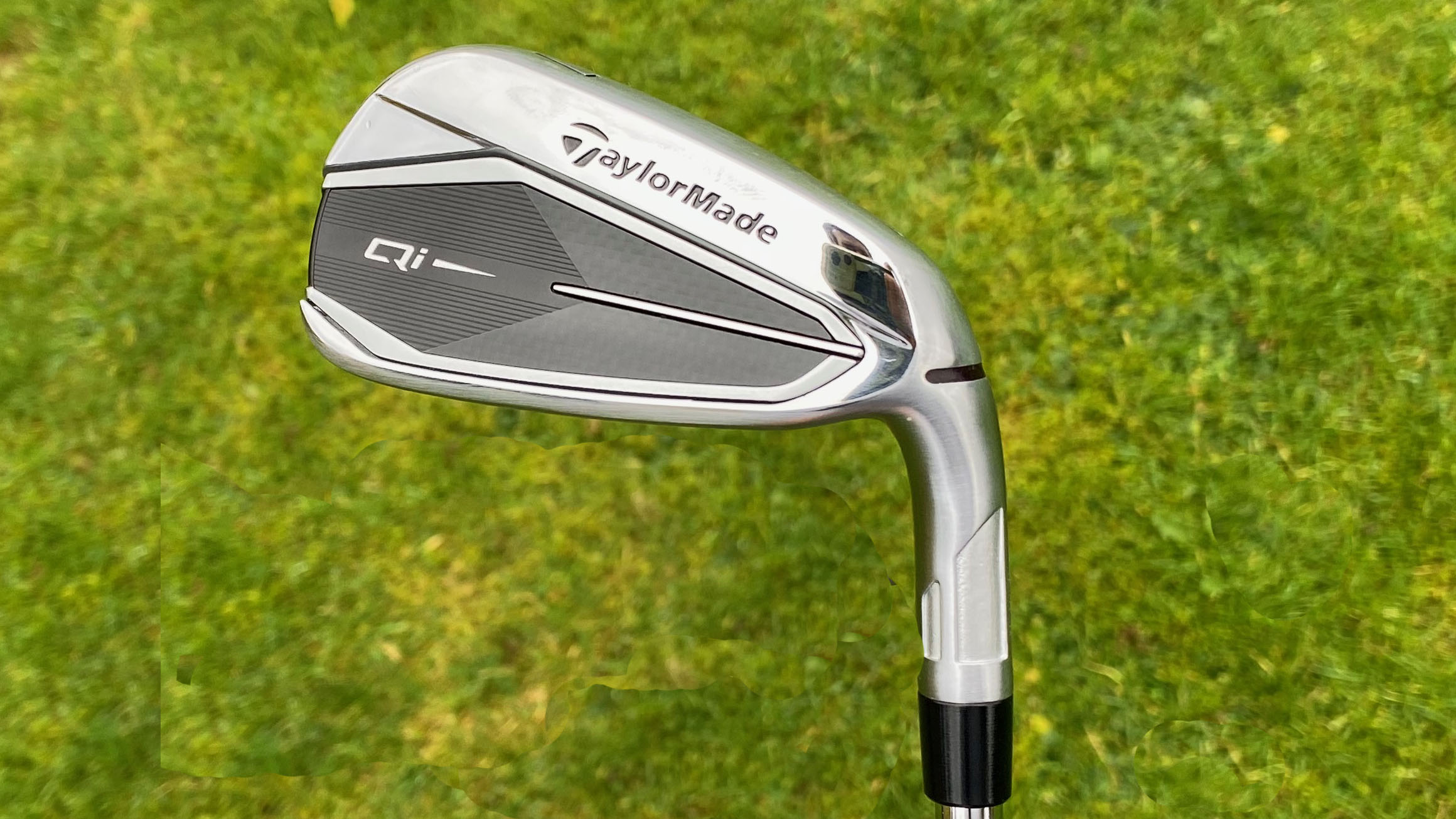
Both powerful and forgiving, the Qi irons deliver plenty of distance even on off-center strikes. The feel is rather firm and produces a sound that might be an acquired taste, but all told this is a game improvement iron that provides confidence at address and impressive results once the ball has been hit.
ProsExceptional distanceVery forgivingGood launch considering the strong loftsConsNot a huge change from the Stealth iron visuallyQuite a firm feel at impact
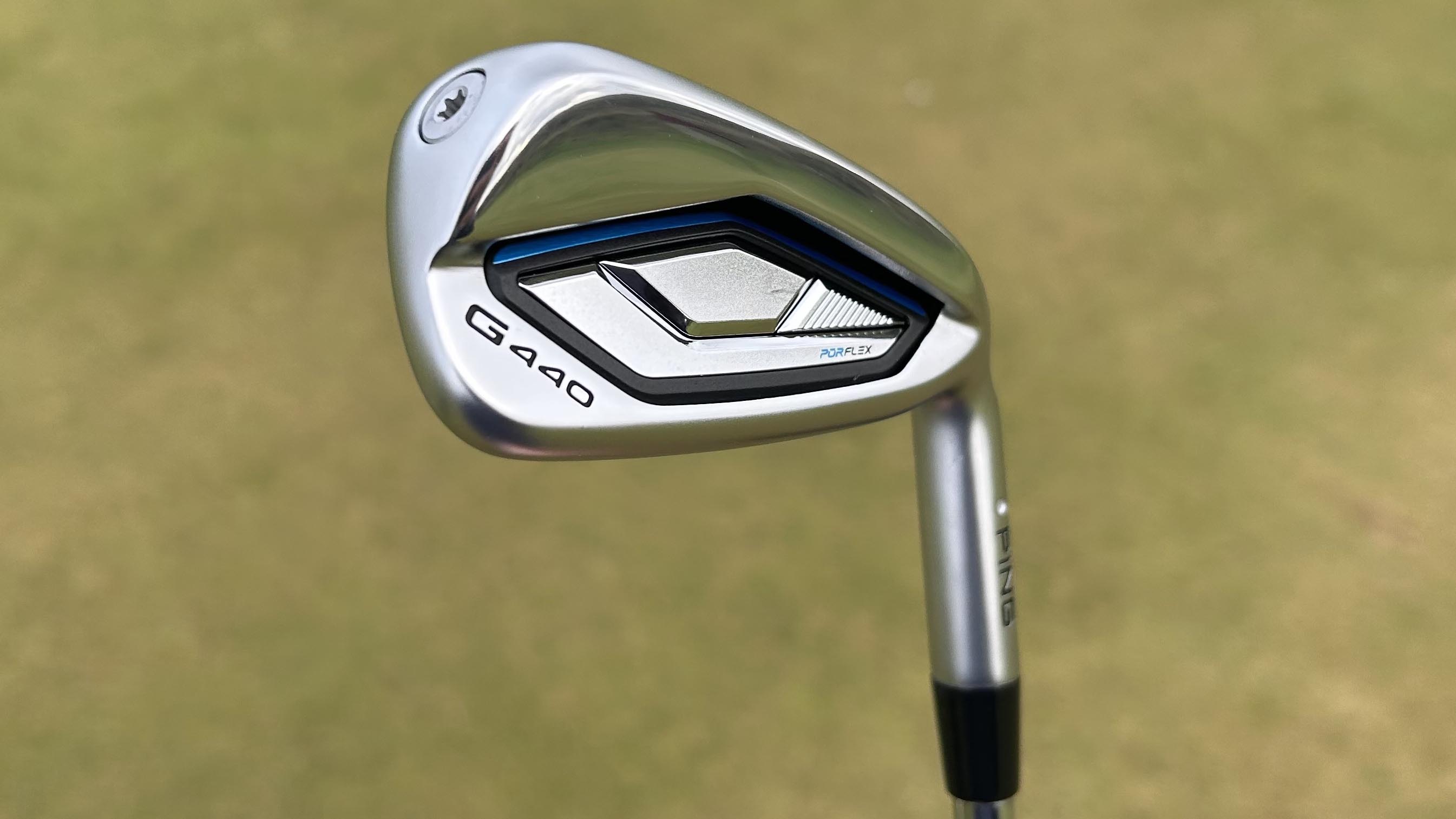
Easy to launch, extremely forgiving and long, the Ping G440s impress in the competitive game improvement category. Compared to the previous model the aesthetics are more refined and should appeal to those who like the look of a distance player’s iron but still benefit from a larger footprint and plenty of offset.
ProsVery easy to get airborneHigh ball speedsMuch more sophisticated behind-the-ballConsSome may feel there has been a regression in shelf appeal
Two of the giants of the industry, TaylorMade and Ping, both make some of the best golf irons around. These run the full gamut, from slick blades found in the bags of touring pros to sets designed for those who need a helping hand.
And it’s the best game improvement category we’re focusing on here. Both the Qi and G440 can be classed as ‘distance irons, aimed at mid-handicappers who are looking for a few more yards, while also aiming to deliver plenty of forgiveness on those less-than-perfect strikes. Let’s see how they fare going toe-to-toe (and heel-to-heel) over a few rounds; the result should help you decide which is better suited to your game.
Technology
If you’re familiar with the previous Stealth iron, then the Qi will look pretty familiar. However this model uses TaylorMade’s patented face technology. It’s called ‘straight distance’, which is exactly what it’s designed to deliver. Both the head and face have been created to control flex and reduce left-to-right spin, an issue for many mid to high-handicappers who tend to see many of their shots going to the right, with excessive amounts of cut spin.
You may like
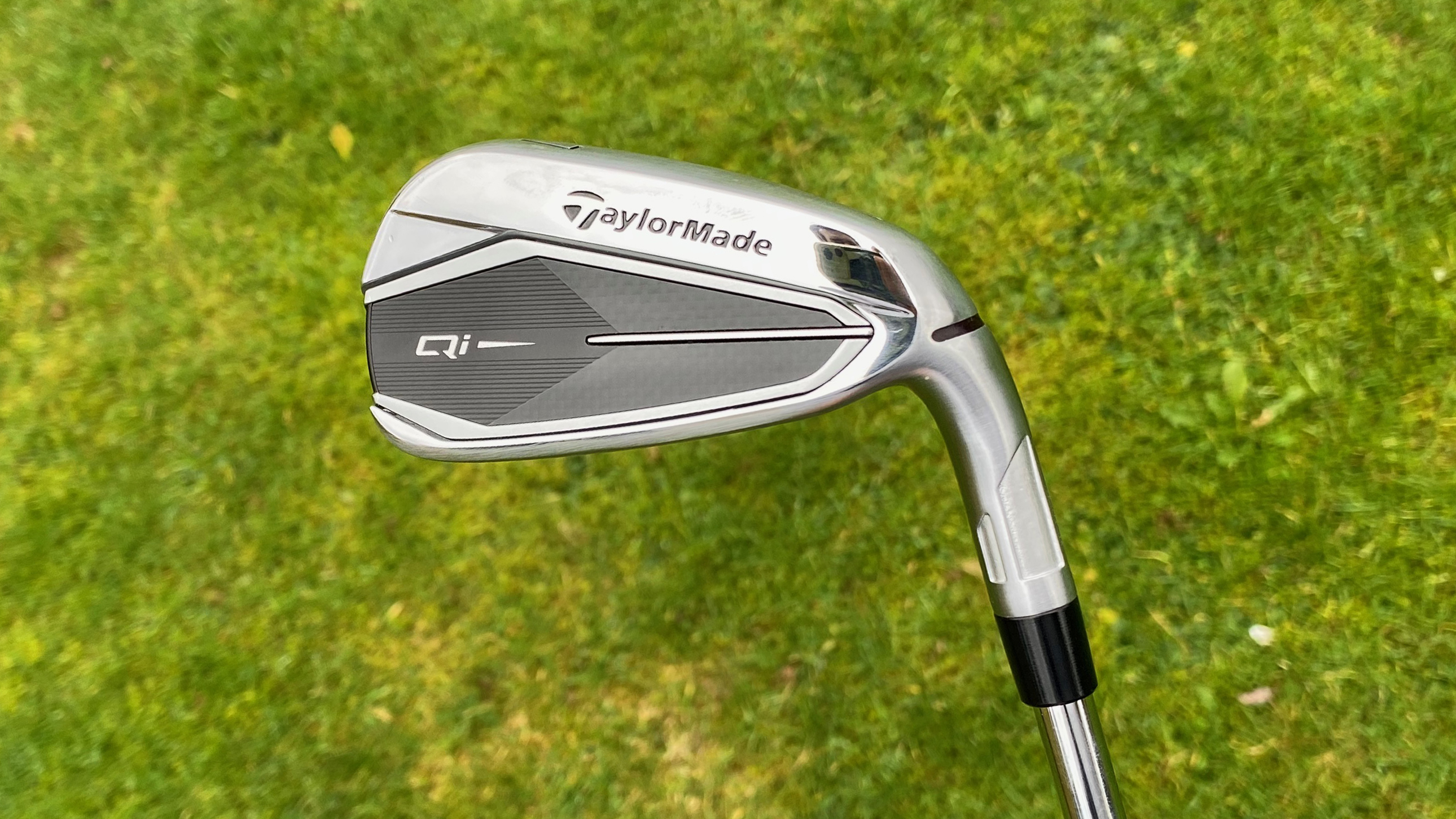
(Image credit: Future)
The Center of Gravity location differs across the set. The Qi long irons have the CG located to deliver a higher launch angle. In the short irons it’s placed to provide a better, more controllable flight across the scoring clubs.

(Image credit: Future)
It’s a tech feature that we see repeated in Ping’s new G440 irons. The lower CG location is positioned to provide that high launch, long carry combination that is desired by the majority of players shopping for game-improvement irons.
The Arizona-based brand has matched this with a shallower, thinner face as well as its PurFlex cavity back. This is a four-piece molded badge that’s designed to flex and support the face. The result? More ball speed and an improved sound and feel, which we’ll get on to later.
Looks
As mentioned, TaylorMade has stuck to the Stealth iron blueprint, so if this club caught your eye, then the Qi model should do the same. At address, the larger blade length combines with a pretty thick topline and bags of offset to promote plenty of confidence over the ball. All this is done with elegance though, with the new additions of a larger badge and little more chrome hardly noticeable. For us, it adds up to one of the best looking game improvement irons available.
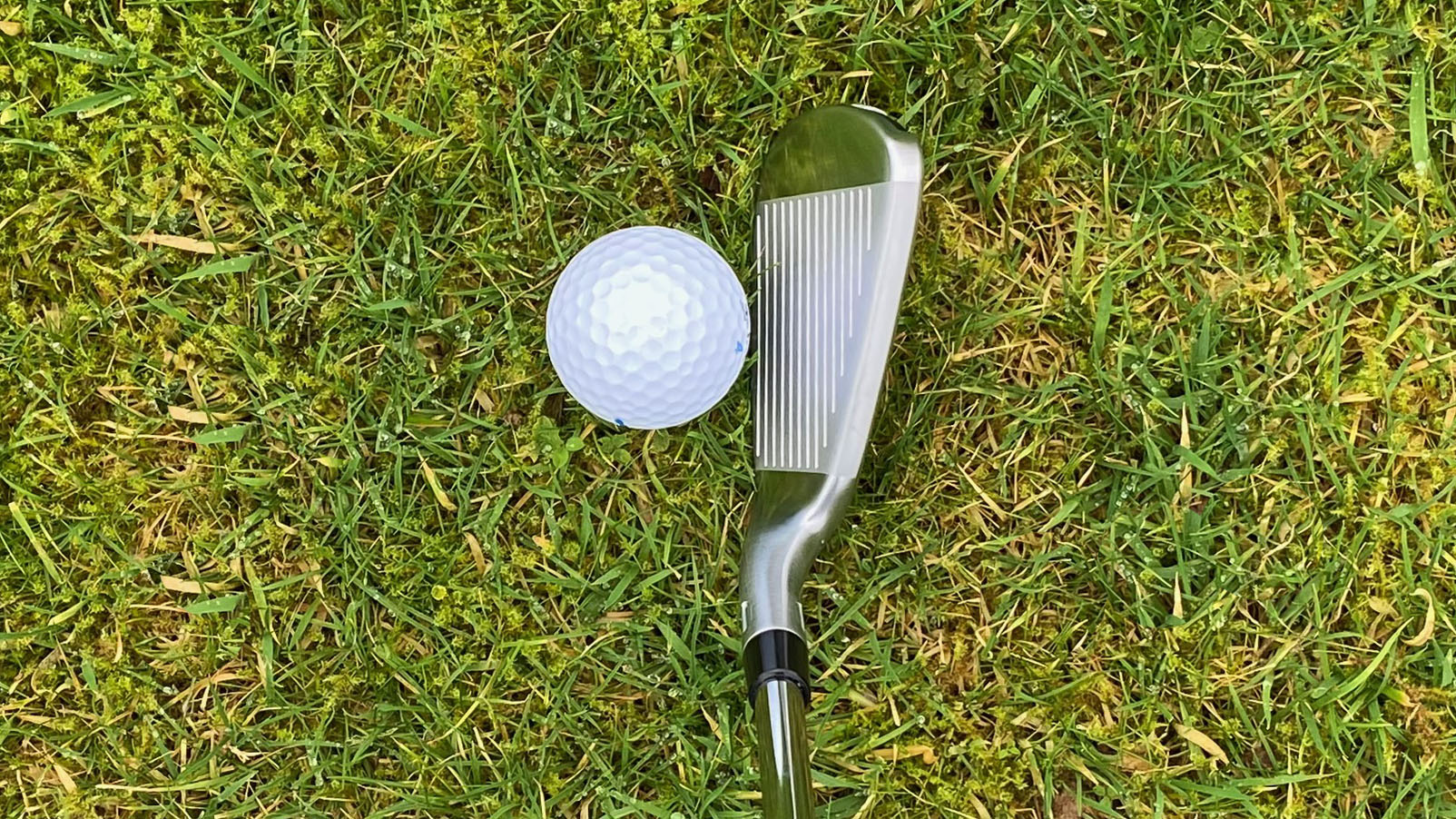
(Image credit: Future)
The G440 however does look different from its predecessor, the G430 iron. Ping have opted for more ‘bling’, with a high chrome finish matched to a shiny blue accent in the cavity. We preferred the appearance of the older model, but looks are subjective, and once placed behind the ball, the G440 really comes to life.
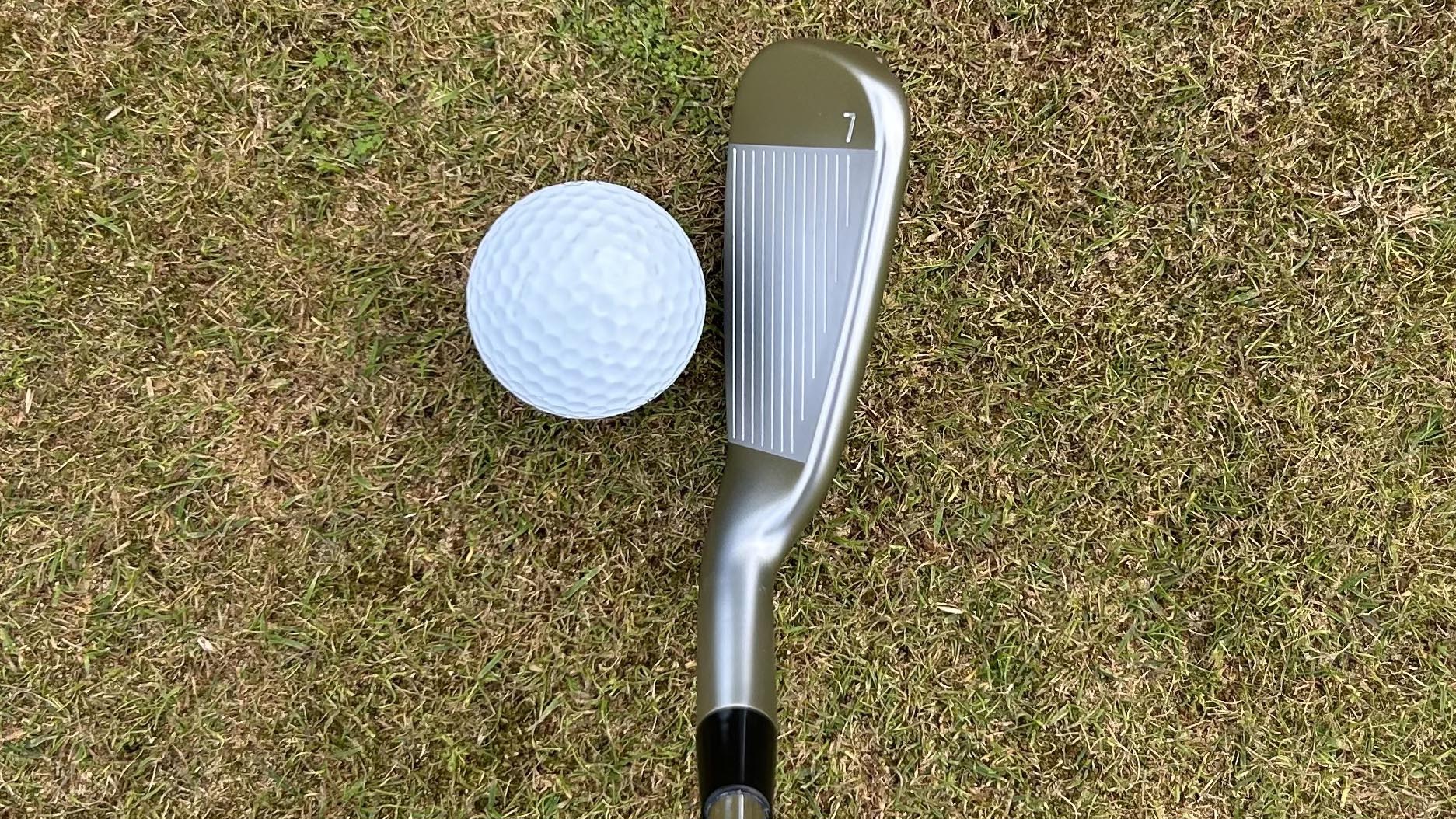
(Image credit: Future)
Compared to the Qi it delivers a slimmer profile. It’s not quite a compact mid handicap iron but it’s certainly more refined than the G430, with noticeably softer lines. That said there’s still a generous amount of offset. Those looking for a big dose of confidence at address will probably favor the Qi irons, while those looking for a little more refinement might be drawn to the G440.
Feel
Game-improvement irons aren’t typically known for their soft feel and that’s certainly the case here. We’d describe the Qi irons as delivering a firm feel that’s somewhat harsh. It results in a ‘clicky’ sound that was somewhat surprising.
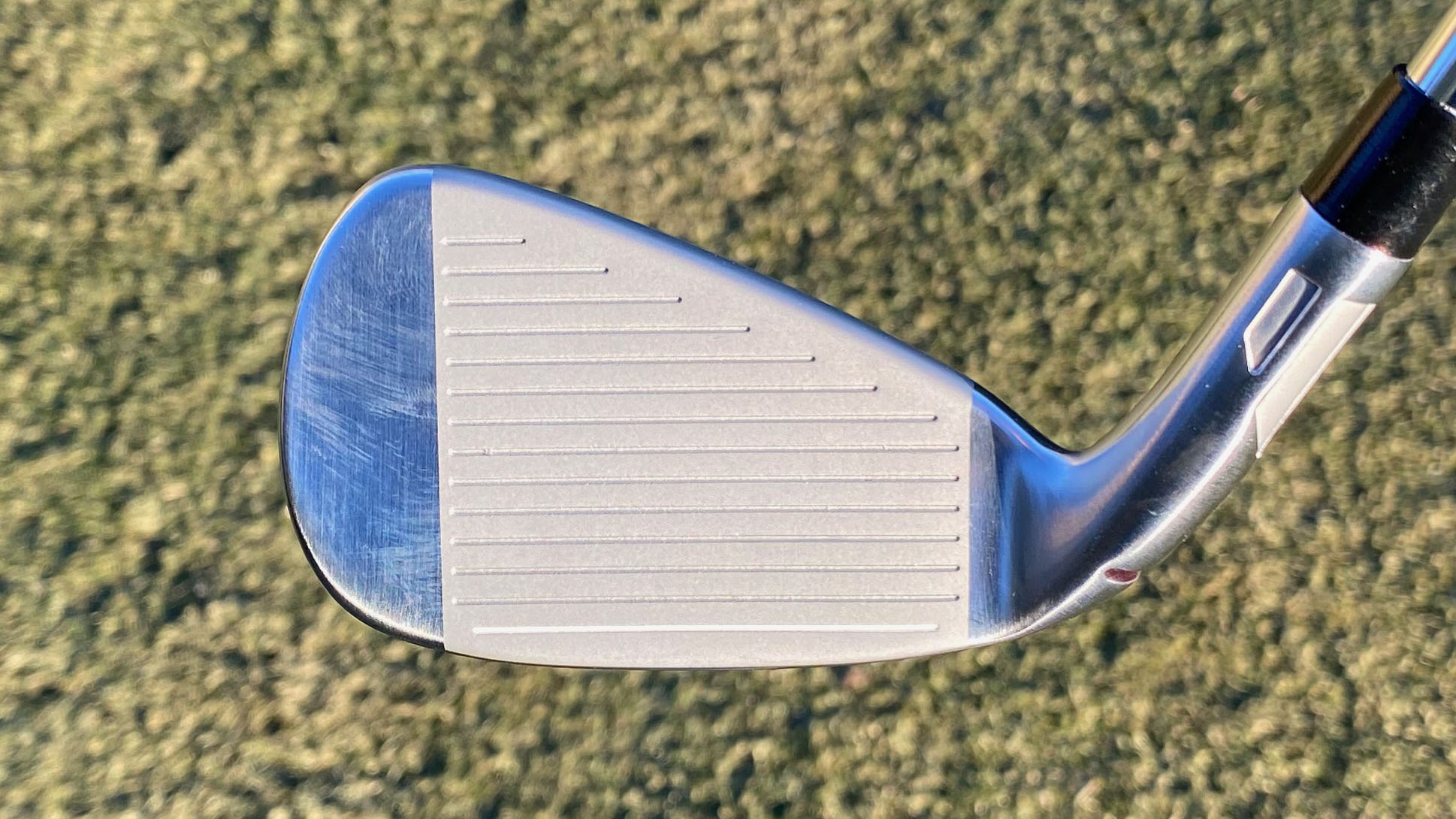
(Image credit: Future)
The G440’s aren’t quite as firm, although it’s still plenty robust. While not our favorite best game-improvement iron when it comes to feel, it’s far from the worst and is noticeably consistent across the face. It’s worth stating that we wouldn’t expect these irons, or any in this category, to deliver the buttery smooth finish of a forged iron.
Performance
While feel and acoustics are important considerations, it’s how the club performs that really matters.
The firm feel of the Qi irons translates to high velocity off the face that, combined with the stronger lofts, delivers impressive distances across the set. It’s a ‘trick’ we see in most distance irons, with the lofts several degrees stronger than those you’d find in the best irons for low handicappers; for example the 7-iron is 28°.
Strong lofts translate to lower spins rates, which meant that stopping the Qi irons on firm greens wasn’t easy, even though the launch angle was fairly high (there is a HL version should you need irons with a higher launch angle). This is accentuated when playing out of the rough and when hitting the longer irons. However, there’s two sides to every story and that lack of stopping power means that the long irons shine as driving irons.
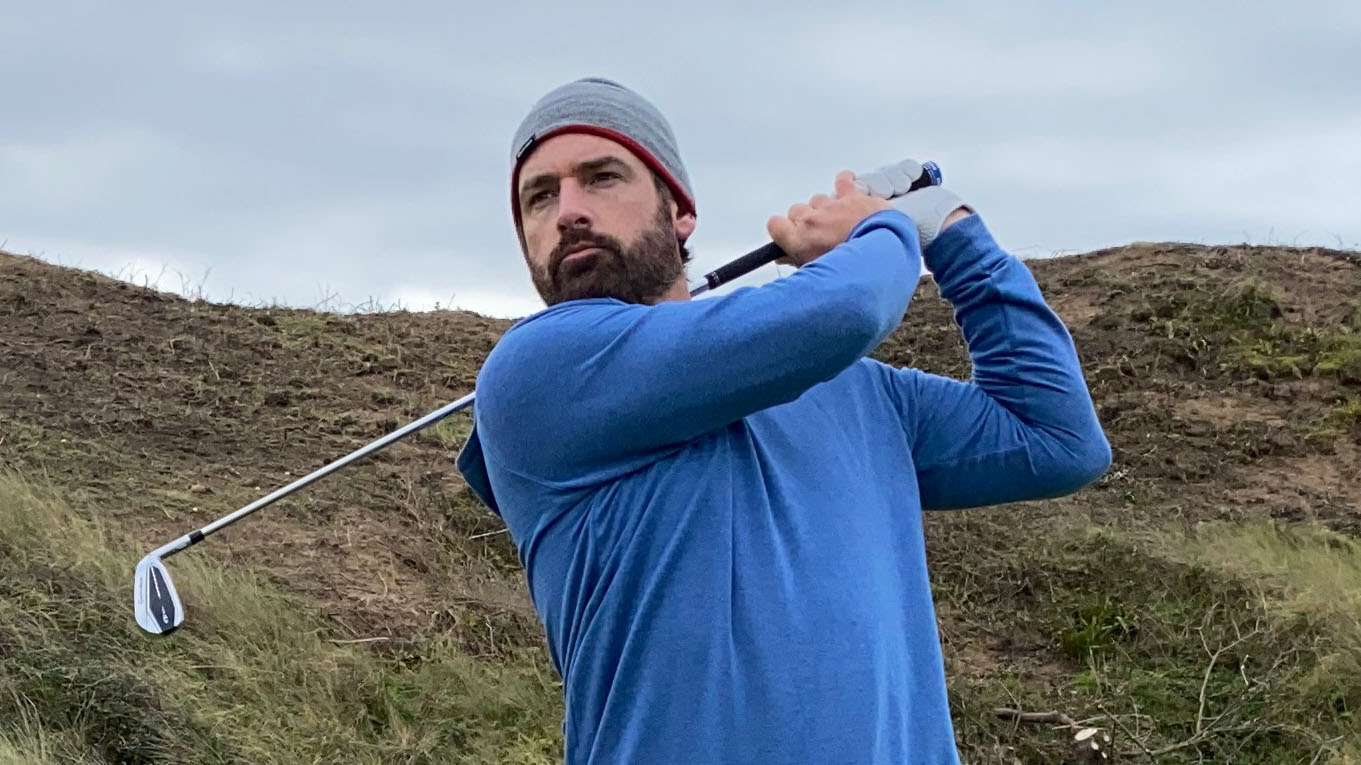
(Image credit: Future)
As you might expect there’s limited workability here, with the Qi irons designed to deliver straighter shots for those with a tendency to slice the ball. This is achieved with a slight draw bias that was more noticeable in the longer irons.
Turf interaction is nothing short of excellent thanks to a wider sole that glides through the grass. This was especially apparent with the shorter irons and led to a really consistent strike, even on those off-center hits
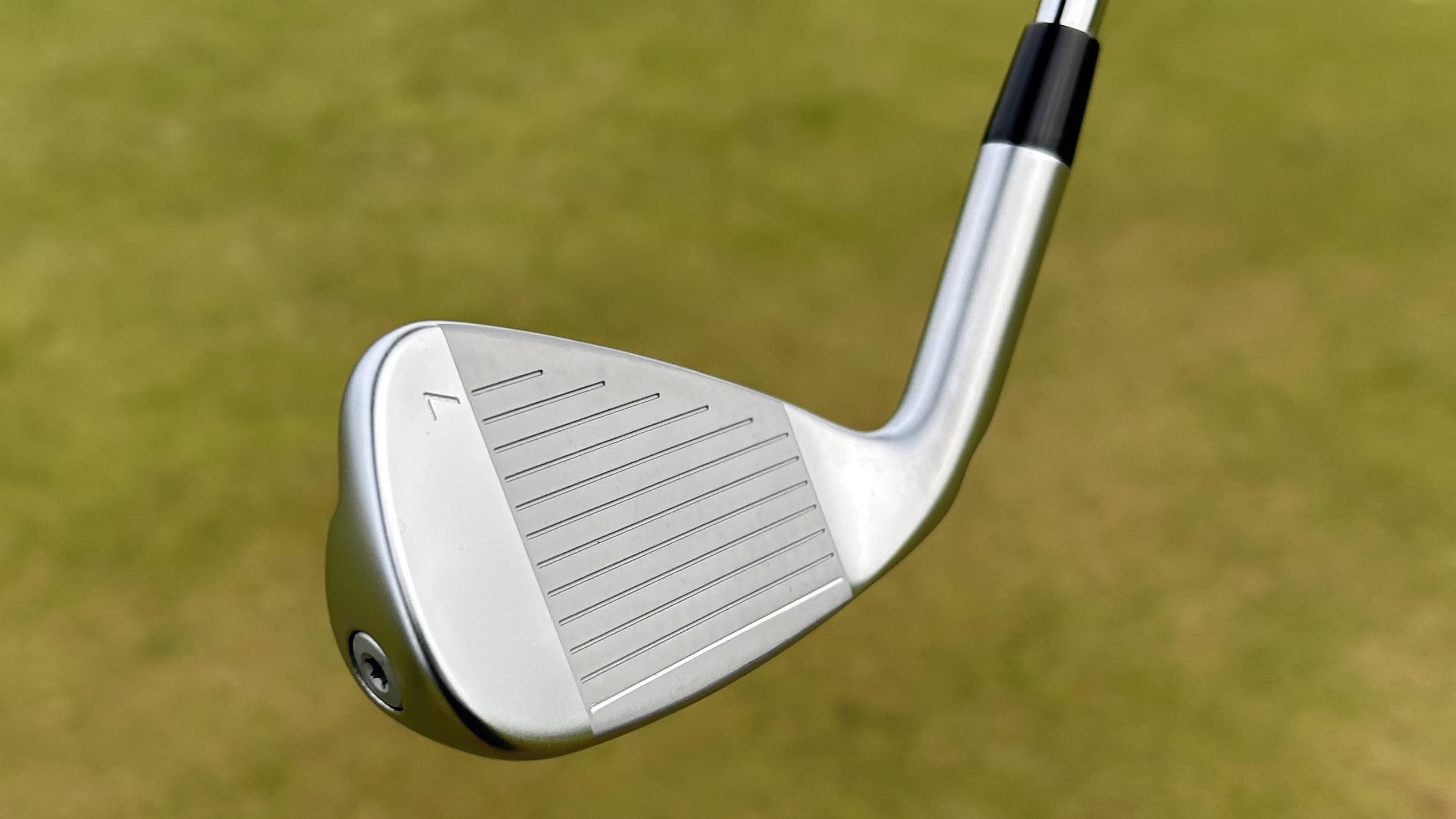
(Image credit: Future)
The Ping G440s impressed with their playability. During our testing they provided plenty of forgiveness on heel and toe strikes, with the wider sole moving through the turf with ease, adding face stability and ensuring that distances are maximized.
As with the Qi irons, the lofts are on the stronger side, with the standard 7-iron coming in at 29˚. Ping also offers some customization here, with Retro and Power options available should you want weaker or stronger lofts. Our standard set delivered serious ball speed, with an easy launch that should be music to the ears of those looking for improvements in both the distance and the height of their iron shots.
Which one should you choose?
Choose the TaylorMade Qi iron if…
– You want to reduce your slice
– You want a confidence-inspiring iron at address
– You want more distance with less height
Choose the Ping G440 iron if…
– You need help getting the ball in the air
– You want greater distance and height
– You prefer a more refined asthetic at address
For more golf iron buying advice, be sure to have a read of our guides on the best irons for beginners and most forgiving irons as well.







